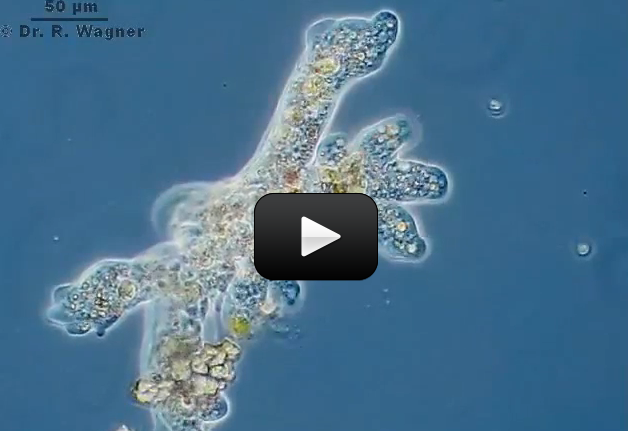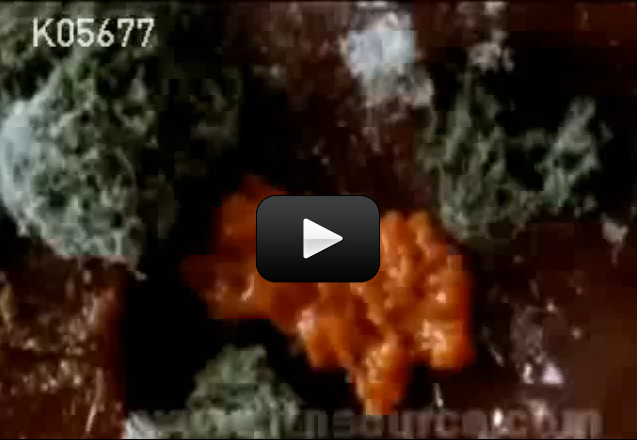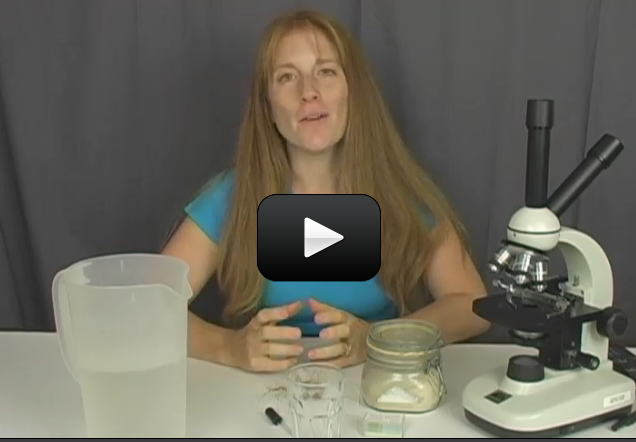If you have ever seen mold growing on an old loaf of bread or eaten a mushroom, you have encountered a fungus. Fungi (that’s the plural of fungus) are a group of organisms, or living things, that are all around us. Mold on bread and mushrooms on pizza are both examples of fungi.
Fungi have an important job. They help break down other material, so that living things are able to grow in soil. This helps make nutritious foods for other organisms. Fungi are needed for life!
Do you think mushrooms are plants? Scientists used to think that all fungi were plants. Now they know that there are some very important different between these two groups of organisms. One of the most important differences is that plants are autotrophic. This means that they can make their own food, just by using the sunlight. Fungi can’t do this. They have to “eat” other living things in order to get the energy they need. This is called being heterotrophic.
[am4show have=’p8;p9;p27;p54;p78;’ guest_error=’Guest error message’ user_error=’User error message’ ]
Another difference between plants and fungi is that fungi have cell walls like plants do, but their cell walls are made of chitin. Chitin is a material containing nitrogen that is also found in the shells of animals including beetles and lobsters.
Fungi do not have a vascular system, the system used to transport water and nutrients in plants, but do have hyphae, a structure you will learn about in the next section. Although mold and mushrooms are easy to see, most fungi are a lot harder to see. Some are so small they can only be seen with a microscope.
Others are big enough to see, but live in places that make them hard to find. For example, some fungi live deep in the soil, in decaying logs, inside plants and animals, or even inside or on top of other fungi!
Scientists have estimated that there are 1.5 million species of fungi, and these organisms live all over. Most are found on land, although some do live in water. Some fungi can even live in deserts. No matter their environment, fungi act as decomposers. This means that the fungi break down materials to make their environment better for other organisms to grow.
Humans use fungi for many purposes. One of the most common uses is in food. Mushrooms are eaten by many people on pizza or in salads. But yeast is used in the fermentation process to make beer, wine, and bread.
We’re going to learn how to grow our own mushrooms in this video below. Remember, never eat a mushroom unless you check with an expert first. Poisonous mushrooms look similar to edible ones, so be absolutely certain which kind it is before popping one in your mouth.
NEVER pick wild mushrooms! In addition to the uncertainty in the type of mushroom, there’s also possible harmful bacteria growing on the mushroom.
Fungi are also important in the production of some antibiotics, including penicillin and the chitin in cell walls has been said to have wound healing properties.
Learn more about Kenny and mushrooms from Veggie Gardening Tips!
[/am4show]




